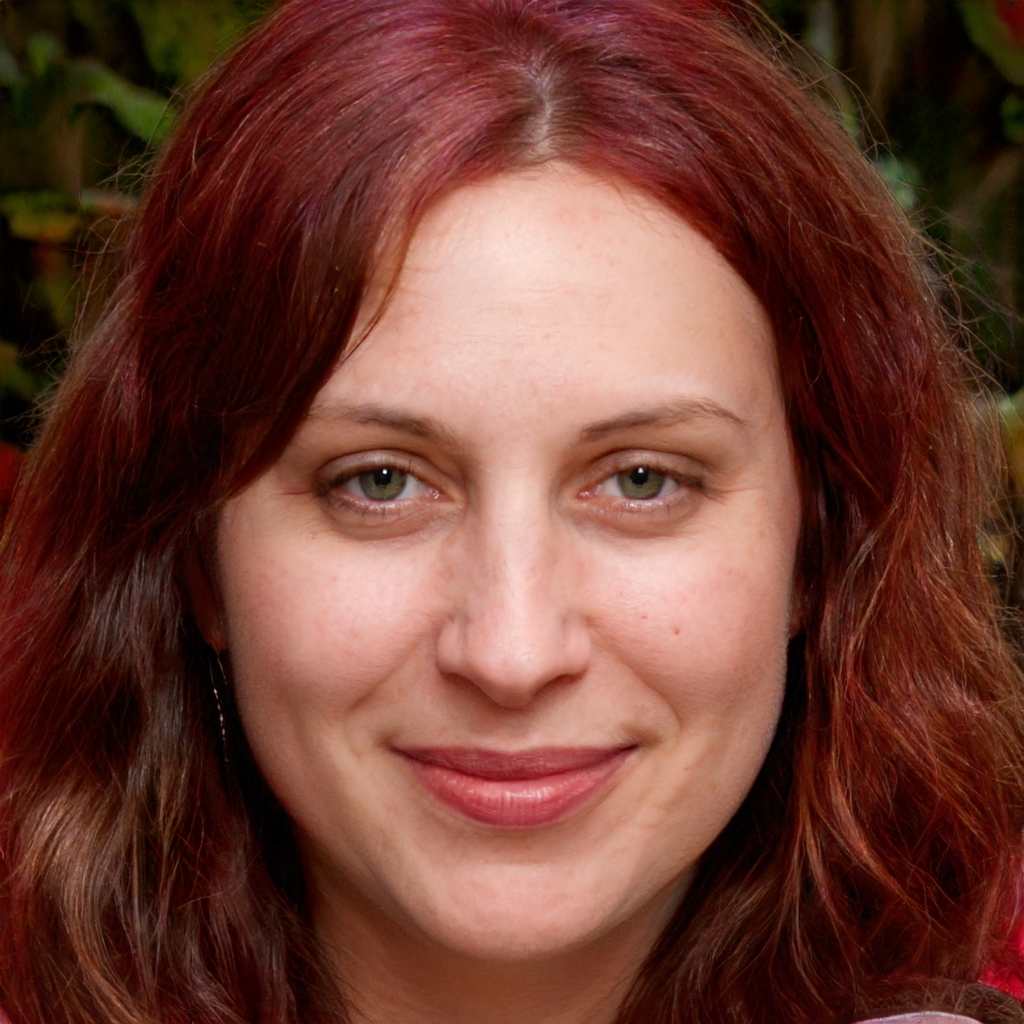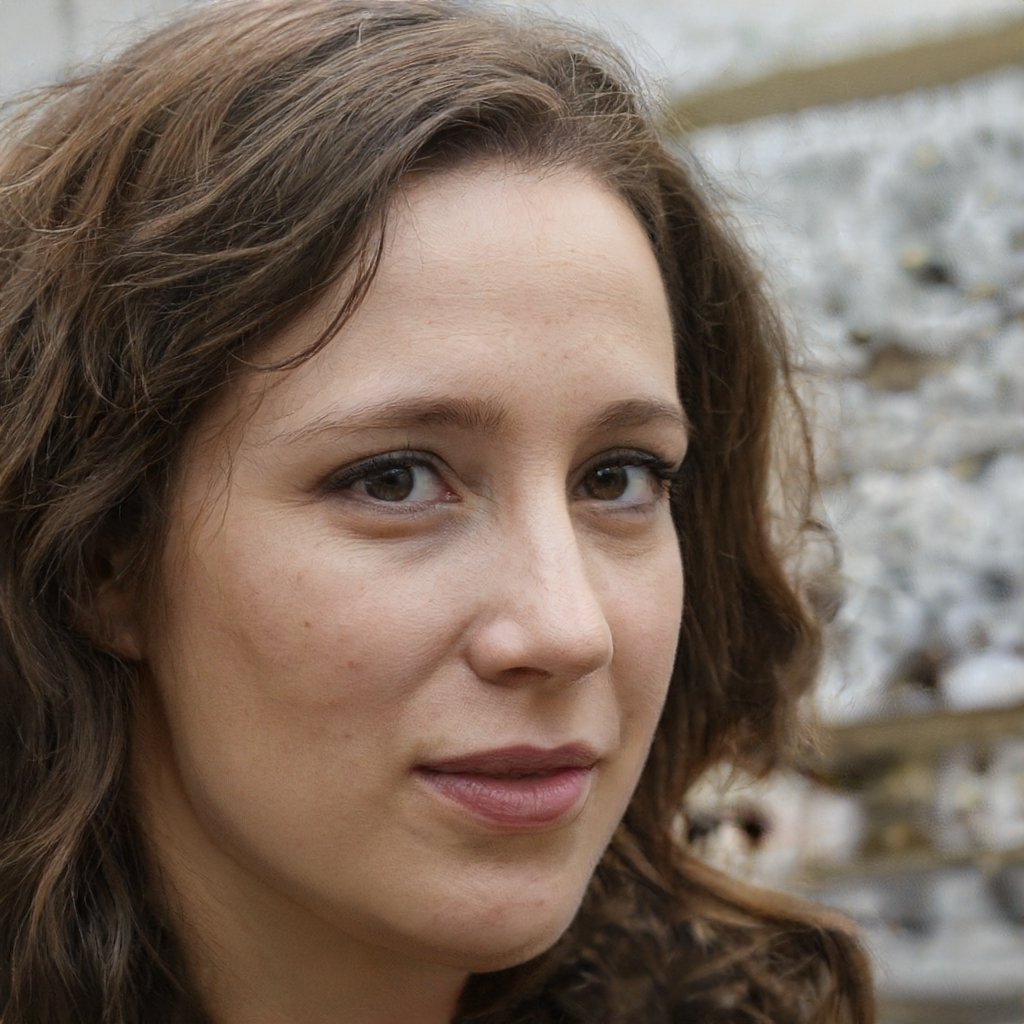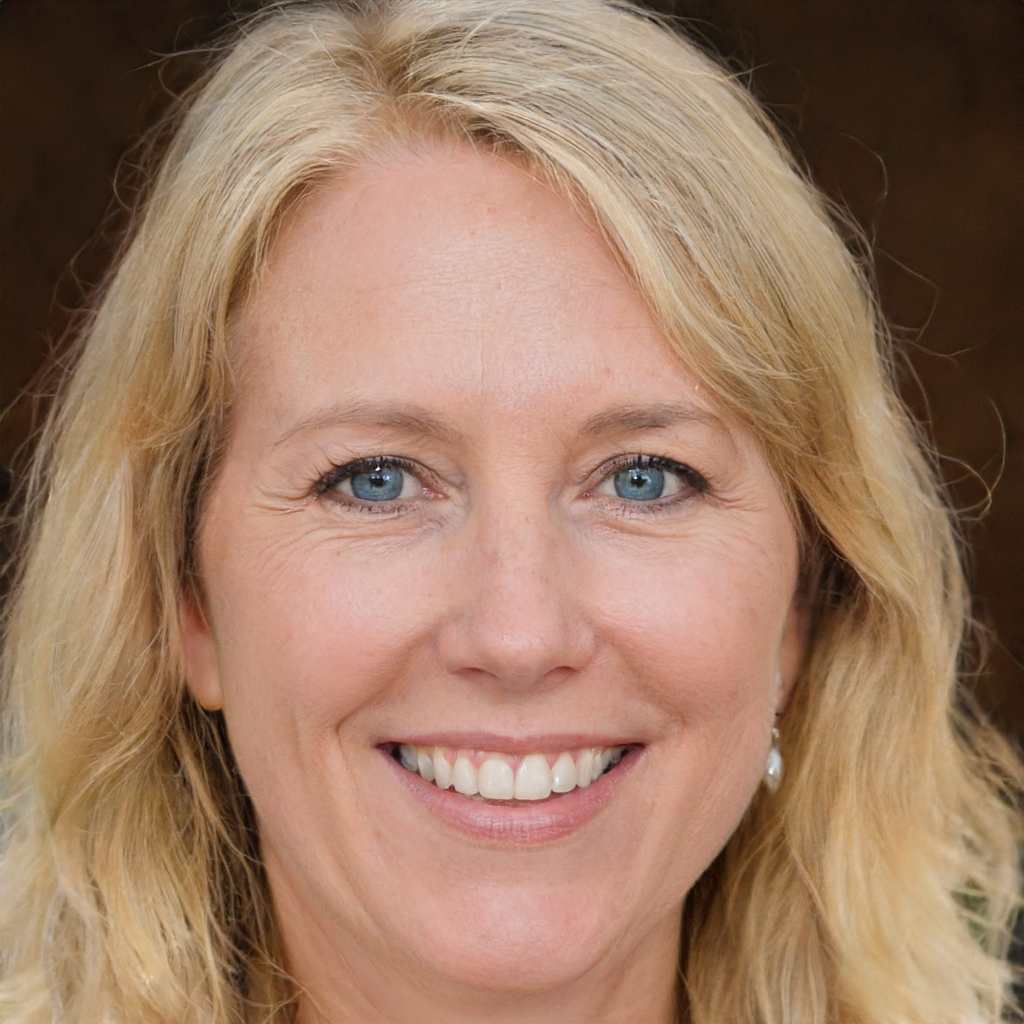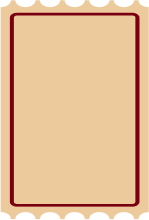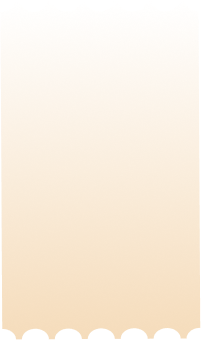TASK 1
1. Explaining the principles of costing and calculating unit cost of one resident
Six important principles of costing framed by NHS are:
1.Consistency:
costing should be clear and clean. Information must be made accessible to all the practitioners regarding to residential home.
You Share Your Assignment Ideas
We write it for you!
Most Affordable Assignment Service
Any Subject, Any Format, Any Deadline
Order Now View Samples
2.Data Accuracy:
It is the principle that explains data input must be accurate to costing procedures (Finkler and et.al., 2016). Inaccuracy in residential home for elderly individuals will result in prolongs treatment.
3.Transparency:
The information like physician licensing, clinical outcomes, patient satisfaction responses etc can be collected, reported publicly and used to benchmark the residential home and physicians on basis of quality.
4.Stakeholder Engagement:
Costing process involves typical stakeholder of residential home like clinical staff, nursing staff, consultants etc. It is the availability of clinical and financial commitment, to ensure quality information which work with the residential home.
5.Casualty:
Casualty accord with occupying and understanding the residential home's 'cause and effect relationships' for purpose of modeling.
6.Objectivity:
objectivity deals with applying the casualty insights of residential home in learning and optimization action (Daft and Marcic, 2016).
Calculating unit cost of one resident is enumerated below:
By using the data given of a residential home, calculate the cost of one resident per month.
Average variable cost = £1,200/month
Fixed cost = £900,000/year
Number of beds = 65
Suggested:Â Unit 3 Understanding Financial Statements Sources for the Collection of Data
Solution
Average variable cost = £1,200/month
Fixed cost per month = £900,000/12 = £75000
Total variable cost = £1200*65 = £78000
Total Cost per month = FC + TVC = 75000+78000 = £153000
Cost for one resident per month = 153000/65 = £2353.8
For the implementation of control system business unit requires to exert control on direct and indirect expenses. By this, care unit would become able to control cost and thereby attain high profit margin.
2. Identifying the information which individual requires for managing the financial resources
Information required in a residential home to manage its financial resources are those data with respect to its previous and present performance, cash and fund flows as well as its daily operations. Financial difficulties are information which includes crises incorporated to cash flow and insolvency based advises for the residential home. Other information required by the residential home are of recovery of full costs, cash flow forecasting models, assets, bad debts, and management of working capital (Busch, Bauer and Orlitzky, 2016). The amount received from customers as fees, charities received from different persons, governmental and non-governmental enterprises and the funds granted by the government, amount accumulated due to various made to ascertain shortage of cash are to be managed and accounted properly so that these information can be used in cost and budgetary controlling of the residential home. To manage resources more effectively and efficiency individual requires information regarding direct and indirect expenses, fixed cost etc. Direct expenses of residential care home include material, labor etc. Fixed expenses include rent of the building, salaries of personnel etc. Further, indirect expenses include electricity, R&D expenses etc.
3. Explaining the regulatory requirements which are highly associated with the management of financial resources
Regulation is controlling and ascertaining the framework by government in form of legislation to check the conduct of residential home and its individuals. Main role of regulatory requirements is to reduce financial crime, promote integrity and equality, consumer protection, accountability, and maintain effective and organized structures (McBain and et.al., 2016). The various financial requirements that are to be observed by residential home operating in the social and health care sector must provide the guidelines in order to initiate management of financial resources. Example of financial requirement for residential home is developing an efficient system of risk management system so that credit activities are managed. Care quality commission, NHS Commissioning Board and Healthcare sector regulator monitor are the main external bodies which place high level of emphasis on auditing aspects. Hence, by making continuous monitoring of financial aspects care unit can take suitable decision regarding it. Along with this, internal bodies such as higher management team also need to take investment decision by appraising the proposals through the means of capital budgeting tools or techniques.
4. Evaluating the computer software’s which make contribution in the management
What Evaluation Criteria Should You Use? Remember, software is not the only factor you should consider. Some criteria are;
1.Size of Your Organization: I
f the residential home is a very small organization Open Accounts are the best option. For a mid firm both Open Accounts, Cool care will be suitable. CareSys is suitable for an advance care organization.
2.Complexity of the Accounting Required:
This includes type of accounts, number, and the frequency of reports, key information and details for future needs. Open Accounts have certain limitations on these basis, Cool care is having more features regarding report generating and extraction of data (Sanclemente-Ansó and et.al., 2016). In overall CareSys is best for getting an overall package.
3. Features and Functionality:
Insuring that the basic nonprofit accounting functions described are present. Then check each feature with your needs. As cheap software Open Accounts has certain limitations, Cool Care fills those restrictions. As stated above the best option is to go away with CareSys.
4. Price vs. Overall Cost:
Open Accounts is the cheapest available software for residential home, if the organization is planning for establishment in the near future Cool Care is a cost efficient option.
5.Installation:
How easy is it to install or uninstall? Does it require extra consulting Euros to install? Open office is the easiest to install since it can be done with normal computer knowledge, same is with Cool Care (Olofsson and et.al., 2016). CareSys is a complete package and needs professionals to install the software.
6. Software Setup:
How easy is it to create the chart of accounts? It’s very easy in Cool Care but certain codes has to be remembered for CareSys. How quickly can you set up the software for daily use? All three are efficient for daily use. Will you require a consultant to accomplish the setup? CareSys needs a consultant (trained expertise).
7.Value:
Whether the software is giving you the value for your money? This will prevent you from paying extra for functionalities that doesn’t pay you back. It also allows you to compare software systems on the basis of what you actually use.
Caresys software: By using such management software business unit can ensure effective management. Moreover, by accessing and sharing such information care unit can get information about the area of expense which requires high control. Thus, such software assists firm in taking suitable decision. However, technical error may result into delay in decision making and thereby affects financial performance. Hence, by using such software residential car unit can manage its resources.
TASK 2
1. Discussing the different sources of income that can be used within the care home
There are several sources of income which can be used by new care home is enumerated below:
Public firm:
In the present time, government also gives support to the entrepreneurs whose venture will contribute for the well being of society. Thus, care home can raise fund at cost effective interest rate by presenting plan to the government authority (Niemeyer and et.al., 2016). Hence, by raising fund through the means of government sources business entity can start and run the care home in the best possible way. Public care home can generate more income in form of capital gain. Besides this, by giving equipments on lease public firms can earn income.
Private firm:
Care home can be established by taking financial assistance from banks or lending institution. Moreover, banks are ready to provide financial support on the basis of collateral security. Hence, business entity can raise fund to the large extent by approaching financial institution for secured loan. In this, business entity is obliged to make payment of interest to the lending institution on a periodical basis. However, such source of finance will offer tax benefits to the new care home. By offering services to the large number of patients through the means of campaign physician can generate high income. Along with this, by exploring the business operations care home can enhance its income.
Voluntary organization:
Care home can generate income or fund from the voluntary business organization. In the present time, there are several organizations which are ready to give money to the care institution in form of charity. This in turn helps care organization in carry out the business activities more effectively and efficiently (Wilson and et.al., 2016). Hence, equipments which are donated by the voluntary firm or individual helps care home in performing the activities in the best possible way.
2. Analyzing the factors that affect the availability of the sources of finance
There are several factors which have high level of impact on the availability of finance is enumerated belowâ€
Government funding:
In the present era, government makes vital contribution in the development aspect of care institution. Hence, fiscal policy which is introduced and set by the government has high level of impact on the availability of finance. Moreover, fiscal policy is a tool which helps government in adjusting its spending level or pattern. Tax rates are the main factors of such policy which in turn helps in monitoring and influencing the nation’s economy. In this, government provides care institution with more funds when tax rates are high. Moreover, tax is the major income source of government so it highly influences their spending level (Quartey and et.al., 2016). Usually, high amount of revenue and capital investment is generated by the care unit from government only when tax policies are highly supportive. In this way, fiscal policy is one of the main aspects that have major impact on the accessibility aspect of the enough financial resources.
Private funding:
Care unit also uses private funding along with the government sources. Hence, New Wave venture ltd etc. are the main private sources of funding which can be used for the generation of fund or finance. Further, by getting the sponsorship from large sized private firms residential care home or unit can raise fund to the large extent. Hence, sponsors and other firm considers market share, brand image as well as viability of the proposed investment has major influence on the extent to which private investors avail the fund.
Social deprivation index:
This index measures the extent to which poverty exist within the specific country or region. Besides this, it also helps in assessing the level to which people have accessed the house and exposure related to crime. Hence, Liverpool, Birmingham, Nottingham etc. are the most deprived area of UK. With the motive to make contribution in the economic growth and development government makes focus on spending money in such areas rather than others (Kania and Bogusz, 2016). Hence, if care unit is not established in the deprived area then it negatively influences the government decision about spending.
Priority of the project:
Government invests fund in the projects by setting the priority level. For instance: Investing fund in R&D, infrastructural development is one of the main projects which are undertaken by the government (Sources of finance, 2017). In this, government prefers to provide care unit with more fund only when they have enough of financial resources.
Hence, owner of the care unit needs to consider all such aspects while framing the business policies and framework. Moreover, in the absence of having enough fund care unit would not become able to execute the business plan.
3. Reviewing budgets which are relevant for the residential care home
Cost centre’s: It is one of the most effectual means through which residential care home can make control on the cost and profit level. Moreover, cost centre’s are assigned with the responsibility to make their best efforts for attaining the budgeted profit amount By this, ability and performance of the employees can be measured more effectively and efficiently. Moreover, cost is one of the main factors which have high level of influence on customer decision making and profit level. In this way, such centre indirectly makes contribution in the profit margin (What is cost centre, 2017). Thus, personnel work in such centre has accountability to manage or maintain the level of R&D in accordance with budget. Hence, by assessing the deviations business unit can find out the deviations that take place in performance.
'Project management budgets: Care home can also review the budget by taking into consideration the project management. Moreover, project budget clearly shows the manner in which money will be used by each department along with the time frame. Hence, by making comparison of the actual performance in against to such project plan owner of the care home can assess the areas of deviation (Niemeyer and et.al., 2016). This in turn enables them to undertake corrective measure within the suitable time frame and thereby makes contribution in the attainment of organizational goals and objectives. It is one of main benefits of such system. However, if business unit fails to develop suitable budget then it may result into high deviations which in turn negatively affects employee motivation.
Outsourcing: By taking services from external providers care home can develop suitable framework. Moreover, experts have better idea about the fund which residential care unit requires for performing the activities and functions. However, in this, care home has to pay fees which are the main drawbacks of such source.
4. Explaining the ways in which decision about expenditure is made
In accordance with Patterson, Grenny, McMillan and Switzler there are four ways which can be used by the care home for the purpose of decision making are:
Command:
In such style of decision making owner of care home takes decision without making consultation with others. Hence, in this, higher management sets the level of expenditure in accordance with the business activities. In this, business entity of care does not encourage input from others.
Consultation:
This approach of decision making places high level of emphasis on gaining valuable input from others. Hence, participative style is undertaken by the business entity for making highly effective decision. It is the most effectual approach because personnel of each department have better idea regarding the level of expenditure (Wilson and et.al., 2016). In this way, by taking suggestions from the employees higher management of the institution can develop suitable financial framework.
Vote: For setting the expenditure level business entity can also undertake the voting system. Moreover, conflicting situation is usual within the firm at the time of decision making. Usually, some employees are satisfied with the decision of higher management, whereas others are not. In this situation, by taking votes from all the personnel business unit can take suitable decision.
Consensus:
On the basis of such element business unit makes discussion until all the personnel agreed on one aspect.
From the above mentioned four ways, care home undertakes consultation approach for making decisions. On the basis of this aspect, owner of care home takes suggestion from each department such as surgical and non-surgical etc before taking any kind of decisions. This in turn enables firm to allocate enough amount of fund or set suitable expenditure level.
TASK 3
1. Preparing a cash budget for the next three months
Cash budget may be defined as a financial expression of the revenue which will be generated by the firm during the stipulated time frame. Besides this, it also furnishes information about the expenses that will be incurred by the personnel of care unit while performing the activities and functions (Holston, Issarny and Parra, 2016). Hence, it clearly provides information about the cash position of the firm.
the personnel of care unit while performing the activities and functions (Holston, Issarny and Parra, 2016). Hence, it clearly provides information about the cash position of the firm.

Cash budget is the highly effectual financial tool which provides deeper insight to the personnel of each department about the manner in which they need to spend money. Hence, such budgeting framework assists in reducing the level of high expenses and thereby facilitates optimum utilization of fund. Further, in budget, manager allocates fund according to the requirements which in turn helps in avoiding the shortfalls to the great extent (Gordon, Osgood Jr and Boden, 2016). For instance: In the above mentioned cash budget manager of care home has allocated the fund to each financial activity which they need to perform during the period of 3 months. Hence, fund is allocated by the managers to each activity such as cash and credit purchase, prepaid rent, bank loan etc. Thus, by considering the value of net cash deficit or surplus manager can make competent plan for the near future.
Along with this, from the above mentioned cash flow statement it has been assessed that money allocated by the government inclined from £150000 to £170000. This aspect shows that government’s support increased from October to December significantly. In addition to this, self generated income also increased significantly. Cash budget presents that self generated income of care home also increased from £20000 to £48000. Thus, by considering such aspect it can be said that cash inflow of the care home inclined in each month which is the positive indicator for care home. In addition to this, elements of cash outflow are showing fluctuating trend. In the month of November and December annual cash flow of the care home is inclined. This aspect presents that care home has made effectual control on the level of expenses in such months.
2. Explaining the actions that individual needs to undertake when fraud is suspected
In the residential care home, when fraud is suspected then care unit needs to analyze or evaluate the financial information in against to the evidences. Thus, by reviewing the financial records on the basis of vouchers care unit can get the information about the actual fraud. Thereafter, manager of the firm needs to communicate to the person about the fraud who is involved in it (Codesso and Lunkes, 2016). Besides this, manager needs to develop and introduce strict rules as well as regulations to control the fraudulent activities. Moreover, high penalties in monetary terms develop fear factor among the personnel. In this way, such action reduces the frequency of repetitiveness to the large extent.
Along with this, when fraud is suspected within the organization then care unit needs to offer opportunity to the fraudulent party to present their views. Hence, manager of the residential care home needs to take decision by taking into account the aspects of both parties. Moreover, any ineffectual decision closely influences the market share and image of firm. Further, manager can take decision in relation to rehiring the personnel (10 things to do when you suspect fraud at your organization, 2017). By terminating the fraudulent parties from job concerned authority of the care institution can set the example in front of others. Besides this, through the means of termination manager can reduce the possibility of the occurrence of such mistake to the large extent. Hence, by taking all such strategic actions manager can avoid the fraudulent practices within the organization.
3. Evaluating the methods which can be used for monitoring and controlling budget
Manager of care home can monitor the performance level by taking into consideration the budgetary control technique. According to such aspect, by making comparison of the actual performance with the budgeted figures owner of can monitor the performance of each department. By this, business entity of care unit can assess the extent to which personnel have made optimum use of the financial resources while carry out the activities. In this way, by making comparison of the actual performance with the predetermined standards care institution can find out the deviations more effectively and efficiently (Ittner and Keusch, 2016). In this, by identifying the causes of deviations manager can take strategic action within the suitable time frame. Hence, by doing modifications in the existing framework within the specified period higher authority of care home can make control over the undesirable results.
Further, by developing the responsibility centre’s owner of care home can review or monitor the financial performance. Hence, manager of care unit needs to develop different responsibility centre’s such as cost, profit etc. All such centre’s have responsibility to invest fund in different activities according to the budgeting framework (Rogulenko and et.al., 2016). In this regard, by taking feedback from the personnel of each responsibility centre business unit can identify the department whose expenditure level is below or above the budgeting framework. Thus, by using both the techniques manager of the institution can monitor and control the budget in the best possible way.
TASK 4
1. Identifying the information which is required for the purpose of decision making
In order to make effectual decision manager of care home requires several information about the cost level etc. Hence, by using the management accounting tool manager of care unit can assess the amount which is incurred by them for offering services to the customers. For instance: By using ABC technique care unit can assess the unit cost of overhead more effectively and efficiently. This in turn helps personnel of institution in setting the suitable prices of services. Hence, by making use of such technique higher management of care unit can decide the price which they need to charge from the different patients. Moreover, cost level is significantly vary according to the level of services provides such as high and lower (Gooneratne and Hoque, 2016). Patients which are provided with the ac room services are charged with the higher prices as compared to others. In this condition, ABC technique of management accounting assists in making suitable pricing decision.
Along with this, finance or cost manager of care unit can also make suitable decision by taking into consideration BEP technique. Such management accounting technique helps institution in determining the point where it will get the situation of no profit no loss. It also enables care home in assessing the number of customers which it needs to serve for getting the desired level of profit margin. Besides this, business entity also requires information about the current and projected demand regarding the level of services. By taking such information care home can develop the strategies to fulfill the future needs related to services (Quartey and et.al., 2016). In this way such technique makes vital contribution in the effective management of finance. Further, management of the firm can set highly appropriate budget only when it has information about the deviations which occur in the past level. Thus, by making proper assessment of the causes care home would become able to make proper allocation of fund in different activities. Hence, all such information’s are needed by the manager to develop both financial and non-financial framework.
2. Analyzing the relationship that takes place between level of services, cost and expenditure
Highly strong relationship takes place between the service level, cost and expenditure. Level of service can be defined in terms of quality, inclusion of wide variety etc. From evaluation, it has been assessed that cost and service level is highly influenced from several factors such as compliance, accountability, benefits and pricing policies. Thus, care home needs to consider all such aspects while determining the relationship between level of service and cost. Moreover, care home has accountability to comply with all the rules and regulations regarding safety. Along with this, for offering high quality services to the patients care home places emphasis on employing advanced technology. In this way, all such aspects of services have high level of cost in front of care unit. Hence, cost increases when changes take place in the service quality, offering etc. In this way, direct association takes place between the cost and service level. For instance: Care unit charges higher prices for Ac rooms in comparison to non-ac. This aspect shows that institution is highly transparent with its customers. Along with this, cost and expenses also highly associated with each other (Kania and Bogusz, 2016). Moreover, cost is sum of all the expenses which are incurred by the care home for offering the medical services to the customers. Thus, by determining the cost level manager can set suitable price for the services offered.
In the absence of having proper information about the cost finance manager would not become able to set highly suitable price of the services. For instance: Residential care home undertakes cost plus pricing approach for setting the appropriate price of services. Under this method, manager adds profit margin in the unit cost to assess the price for each patient. Thus, by considering all such aspects it can be said that information about cost is highly required for making decision in an appropriate way.
3. Evaluating the ways in which financial considerations have effect on individuals
In the health and social care sector, quality of services, accessibility, staff changes and reduction are the major factors that affect the decision making of individuals. Moreover, in the care industry patients and their family members give more preference to the quality of services rather than price factor. Now, patients prefer to take services from care home which maintains proper hygiene. In this way, such aspect highly influences the decision making of individuals (Niemeyer and et.al., 2016). Besides this, care unit which offers high quality services at affordable prices are preferred by the patients and their family members.
Along with this, accessibility is another major factor that has impact on the decision making of individual. For instance: patients want to go to hospital which can be accessed at any time within 24 hours. Hence, this aspect also affects the price and thereby decision making aspect of individual. In addition to this, availability of highly skilled and experience professional is another main aspect which is considered by care manager for making decisions. Moreover, now patients prefer to take services of physicians who have ability to diagnose the cause of disease and its treatment. Hence, all such aspects affect the decision making of individual to the great level.
You Share Your Assignment Ideas
We write it for you!
Most Affordable Assignment Service
Any Subject, Any Format, Any Deadline
Order Now View Samples
4. Suggesting ways in which services can be improved through better financial system and processes
- Manager of care home needs to make re assessment of the level of expenses on a periodical basis. Hence, through the means of continuous manager can assess the area which accounts for high expenses. In this regard, by controlling the expenses manager can reduce the overall cost and thereby becomes able to offer services at affordable prices. Thus, by employing such strategy business entity can ensure better improvement in the cost and service level.
- Besides this, it is recommended to the care home to make assessment of the unit cost in accordance with activity based budgeting. Thus, by determining the unit cost estimation per head care home can charge suitable price and thereby gets enough profit margin.
- By appointing the management consultant care home can make improvement in the service offering to the significant level (Wilson and et.al., 2016). Moreover, such consultants provide care institution with the information about the changes required in the existing offering.
- Further, by prioritizing the tasks according to its importance level manager of the care institution can introduce significant changes within the suitable time frame. For instance: manager assessed that R&D is one of the main activities which care home needs to perform for providing patients with high quality services. R&D provides deeper insight about the manner through health issues or diseases of individual can be resolved in an effectual way. In this way, by dividing the task and allocates fund according to the priority level care can offer better services to the patients. This in turn enhances brand image of residential care home and assists in achieving success in the highly strategic business environment.
Conclusion
From the above report, it has been articulated that by assessing the unit cost manager of care home can take suitable pricing decision. This in turn enables them to recover the cost level and thereby enjoys enough profit margins. Besides this, it can be inferred that by practicing the system of risk management care unit can make optimum use of the financial resources. Further, it can be revealed from the report that public and private firms, voluntary business organizations are the main sources which offer income to the care unit. It can be seen in the report that cost centre and project management budget helps in evaluating the performance aspect of each department. It also has been concluded that residential care unit undertakes participative style with the motive to take highly suitable decision. It can be summarized that by monitoring the expenditure level can unit can exert control on overspending. Along with this, high level; of relationship takes place between service level, cost and expenditure level.
References
- Busch, T., Bauer, R. and Orlitzky, M., 2016. Sustainable Development and Financial Markets Old Paths and New Avenues.Business & Society.55(3). pp.303-329.
- Codesso, M. M. and Lunkes, R. J., 2016. Disclosure of budgeting planning, execution and control practices: A survey on Brazilian public ports.BASE-Revista de Administração e Contabilidade da Unisinos.13(1). pp.65-78.
- Daft, R. and Marcic, D., 2016.Understanding management. Nelson Education.
- Finkler, S. and et.al., 2016.Financial management for public, health, and not-for-profit organizations. CQ Press.
Amazing Discount
UPTO55% OFF
Subscribe now for More
Exciting Offers + Freebies
